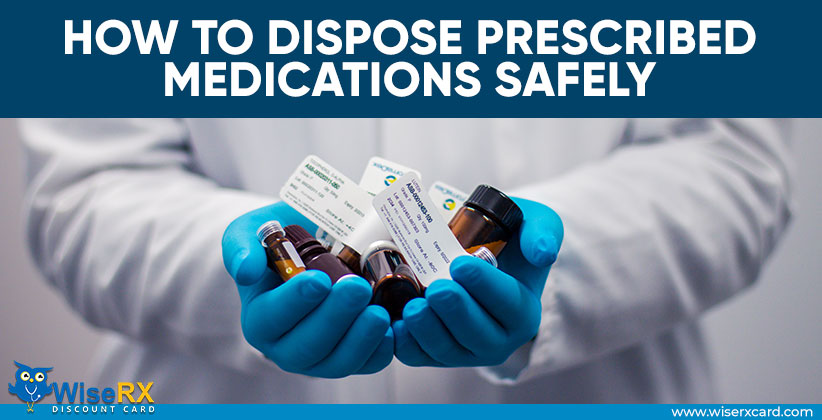
Patients Get Extra Painkillers and Often Share Them with Others
A recent study in the US reveals that more than half of the patients get extra painkillers prescribed to them and then share them with others. More often than not these opioid medications land in the wrong hands.
A study was done on 1,000 adults who were prescribed painkillers such as OxyContin or Vicodin. This study revealed how the US citizens get illicit access to highly addictive painkillers. These patterns are contributing to the epidemic of prescription painkiller abuse and overdose deaths in the US.
US Opioid Epidemic
According to Alene Kennedy-Hendricks, an assistant scientist in the department of health policy and management, more than one in five patients admitted that they’ve shared their opioid medication with others. And more than 60% of patients having unused opioids stopped consuming medications for the future use. Nearly half of the patients who had recently been prescribed painkillers said that they didn’t remember being told about safe opioid storage and disposal.
The CDC has warned doctors about the risk of painkillers i.e., painkiller dependency. Painkiller dependency also raises the risk of heroin use. According to the CDC, death rate between the year 1999 and 2014 has tripled due to prescription opioids.
In 2015 researchers surveyed 1,055 adults who had been prescribed opioids in the previous year. Roughly 47% of them were taking opioids at the time of the survey. All of them were asked about their opioid use, their habit of storing opioids, and whether they share their medication with others. The researchers found that nearly 6 in 10 adults either had excess pain medications or expected to have unused medications.
Only one-third of adults who remembered receiving drug storage information said that they got this information directly from their nurse or doctors. Roughly in 45% of the cases, drug labels or a pharmacist were the source of advice for drug storage and disposal. There were only less than one in 10 patients who said they kept their opioids locked up, while only about 20% of individuals stored their drugs in a secure location.
The study also focused on the patients who have shared their medications with others; nearly 8% of them have shared their medications with their friends and 14% with their relatives. And nearly three quarters of the patients said that they share their medicines with the people who they knew and also struggled with same pain.
Dr. Anupam Jena, an associate professor of health care policy and medicine at Harvard Medical School, said, “Opioid abuse is fueled in many different ways — legitimate or otherwise.”
He also said that numbers of evidences are found that clearly shows that people obtain opioids from physicians in the outpatient setting, sometimes from several doctors, from the internet, from their family and friends, and from various illicit sources.
According to Jena and his friends report, a long-term attachment to opioids begins with short-term hospitalization. The study focused on more than 600,000 Medicare recipients and found that on an average approx. 15% of patients get a new opioid prescription at discharge and almost 43% of them were found to still be taking opioids more than three months later.
According to Jena report,” Short-term exposure to opioids can lead to long-term use and, at worse, dependence.”
How to dispose prescribed medications safely?
Most of the people store leftover prescription medicines for the future or share them with others in order to save some money, but saving old medications or sharing with others can be risky. You should go for free Rx card download from the internet to save money on your prescription medications.
As most of the people don’t know how to safely dispose of prescription medications, there is a need to make it easier and convenient for them to dispose their leftover opioid medications. A lot of efforts have been made to increase the drop-off sites and approved collectors in the recent years, but they’re not enough. Health care specialists need to develop more effective ways of providing information about safely storing and disposing risky painkillers.
Source: JAMA Internal Medicine


